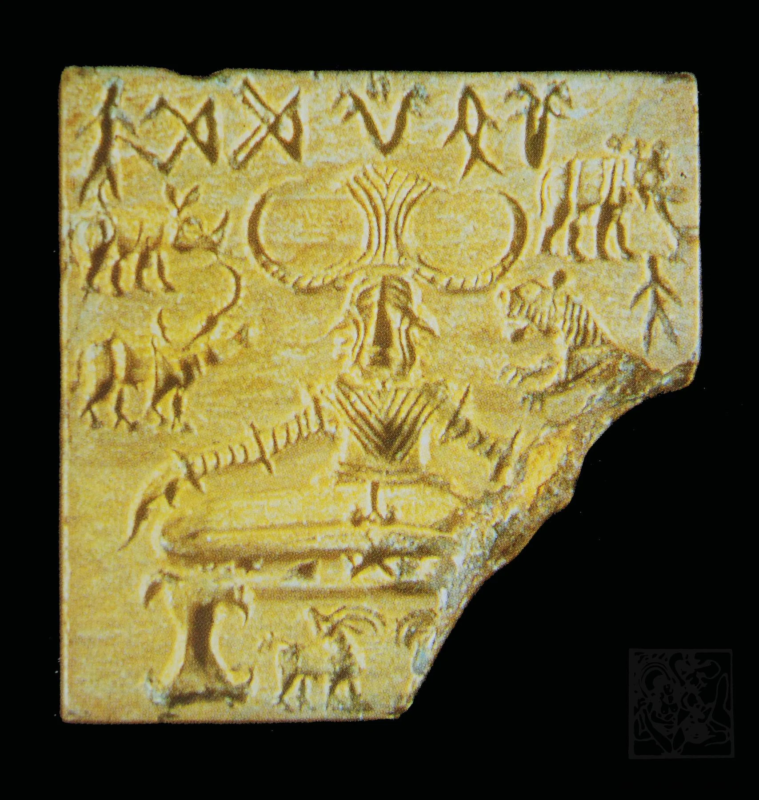Lord Shiva who is considered to be the most powerful among the trinity gods Brahma, Vishnu, Mahesh has many forms and is widely worshiped among his followers in his various names and forms, today through this article we will be learning about one of his many forms, the Pashupatinath incarnation.
Pashupatinath is a form of Lord Shiva where he is worshiped and celebrated as the lord of the animals. Infact, the name Pashupati itself is composed of two words “Pashu” meaning ‘animals, beasts’ and “Pati” meaning ‘lord, king or controller’ hence giving it the meaning “Lord of animals or beasts”.
Infact, Lord Shiva’s ride (Vahana), the bull Nandi, personifies the animal (Pasu or Pashu) or the animal character (particularly passion or virility), and Lord Shiva rides it as its ruler. This also tells us about Lord Shiva being Pashupati.
Table of Contents
Significance of Pashupatinath in India and in Nepal

The Pashupati form of Lord Shiva isn’t very popular in modern day India but this form is widely worshiped in our neighboring country Nepal. Infact Pashupati is the national deity of Nepal. However, it is believed that Nepal was once a part of India only and majority of the population of Nepal follows Hinduism only. There is also a very famous temple in Nepal dedicated to this Pashupati form of Lord Shiva called “Pashupatinath Temple”.
This temple has a Shivalinga having five faces. Throughout the year people from India go to Nepal and pay their visit to this temple and to Lord Pashupati. This temple is located at the bank of the river Bagmati and is considered one of the most sacred places in Nepal.
In India a Pashupati nath temple is also situated on the banks of the Shivana river in Mandsaur, Madhya Pradesh. It is one of the most important shrines of Mandsaur, and Shiva in the form of Pashupati nath is worshiped here as a primary deity. Its main attraction is a unique Shiva Linga displaying eight faces of Shiva.
Harappan Culture and Pashupati nath

One seal of Pashupati was also found during the archaeological digging of the city of Mohan jo Daro. The central figure on the seal is found seated on a platform looking straight with legs bent at the knees while the heels of the deity in the seal touch each other and his toes point downwards.
His arms are extended to reach his bent knees but don’t touch them, the arms rest lightly upon the knees and the thumbs face away from the body. This posture is popularly called the dhyana mudra (meditative state). The hands of the deity are decorated with three small bangles and eight large bangles. The figure can be seen wearing a fan-like crown (mukuta) with two huge, striated horns similar to that of a bull.
The central figure is surrounded by four animals- a water rhinoceros, a tiger, a bull and an elephant. Below the figure, there are two ibexes which face backwards while their horns meet each other.
John Marshall1 identifies this central figure to be one of the earliest representations of the prime hindu god “Shiva” in his 1928-29 publication.
Uniqueness and Importance of Pashupati nath Shivling
The Shivling worshiped at Pashupati nath temple in Nepal is of great importance in Hinduism due to its unique form. The Shivling worshiped in the temple appeared on its own or is swayambhu. This Shivling is 6 feet high and is five-faced and this is the reason why it is also called as Panchanana Shiva or Panchamukha Shiva Linga.
The four-faces of this Shivalinga are in four cardinal directions and the fifth face is etched on the top of the Shivling looking upwards. Each of the five faces is unique and different. The right hand of each face holds a Rudraksh mala and the left hand holds a Kamandal (water pot). The four faces symbolically represent the four Vedas and the four holy places in Hinduism and the fifth face is associated with self-realization or moksha (liberation).
It is also believed that the five faces of Pashupati nath represent various incarnations of Shiva: Sadyojata (also known as Varuna), Vamdeva (also known as Uma Maheswara), Tatpurusha, Aghor and Ishana. They face West, North, East, South and Zenith respectively, representing Hinduism’s five primary elements namely earth, water, air, light and ether.
Sadyojata signifies Brahman or the universe, and hence denotes one of the five elements, the Earth; Vamadeva signifies Lord Vishnu and denotes the element water; Tatpurusha denotes the sages and the element air; Aghora is linked to the element fire and therefore to the Rudra; and Ishana is associated with all that exists in nature and the space.
It is believed that Pashupati is not merely the Lord of animals. Even the human beings who are governed by their anger, pride, jealousy, ego are no superior to animals, and hence, praying to Lord Pashupati can help such people to overcome such vices and shortcomings.
Stories about the origin of Lord Pashupatinath

There are different versions of the Pashupati nath story narrating how Shree Pashupati nath came to being however, the story which is quite popular according to Nepalese traditions narrates that once Lord Shiva along with his wife Goddess Parvati visited the lovely, serene banks of the Bagmati river. They were so enchanted with the beauty of the place and found it so suitable for divine spiritual practices that they decided to stay in that place and therefore they took on the guise of two deer.
After a period of time, the gods and the celestial sages realized that Lord Shiva and Goddess Parvati were on the earth in their acquired deer form and hence they came down to Earth and they all first requested Lord Shiva and Goddess Parvati to return back to their heavenly abode, but Lord Shiva refused to leave the place.
What followed was a fight between the Lord and the gods, and as a result one of the antlers of Lord Shiva’s deer form broke. This broken antler is said to have been the lingam which is being worshiped in the Pashupati nath temple.
However, this antler/lingam was lost in Mother Earth, and no one could trace it till one day the cow of a cow herd irrigated the place with her milk (similar to abhishekam). The cowherd understood that there is some deeper meaning to the behavior of his cow, and on digging the ground the lingam appeared to the cowherd.
Another story behind Lord Pashupati Nath is a Vedic legend which says that Lord Shiva was named Pashupati by Lord Vishnu and other gods during the time of Tripura Sanghar (destruction) when Shiva became the Lord of all demons (pashu or beasts) and destroyed Tripura, the three cities of illusions which were being ruled by the Asuras Kamalaksha, Taarakaaksha and Vindyunmali who were wreaking havoc by attacking God’s and sages. It is also believed in Shiv Puran that any living being including a human that is in the clutches of his ego, desire and ignorance is considered an animal and only Pashupati can relieve or liberate them.
If you wish to buy authentic and fragrant incense to make your puja and rituals more powerful, consider buying our products by clicking this link.
- Sir John Hubert Marshall was an English archaeologist who was Director-General of the Archaeological Survey of India from 1902 to 1928. He oversaw the excavations of Harappa and Mohenjo Daro, two of the main cities that comprise the Indus Valley Civilisation. ↩︎







